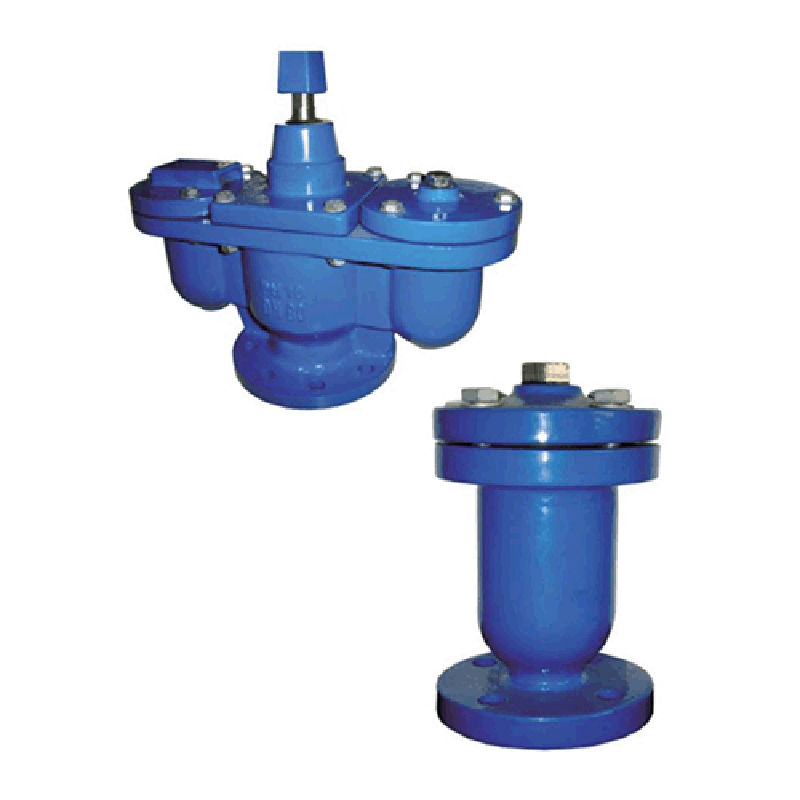دېكابىر . 11, 2024 21:42 Back to list
Design and Functionality of Floating Ball Check Valve in Fluid Systems
Understanding the Floating Ball Check Valve A Comprehensive Overview
The floating ball check valve is a pivotal component in fluid control systems, renowned for its reliability and efficiency in preventing backflow. As an integral part of many industrial applications, the floating ball check valve serves to ensure that fluids flow in one direction while blocking any potential reverse motion. This article delves into the workings, advantages, applications, and maintenance of floating ball check valves.
How It Works
A floating ball check valve operates on a simple yet effective principle. It consists of a hollow sphere, or ball, positioned within a valve body. This ball is free to float and is typically made from materials like plastic or metal, depending on the application requirements. When fluid flows in the designated direction, it pushes the ball away from the valve seat, allowing the fluid to pass through. Conversely, if the flow reverses, the fluid pressure forces the ball to rise and seal against the seat, preventing any backflow.
The design of the floating ball check valve relies on gravity and flow pressure to function. This makes it largely self-regulating and reduces the dependency on external forces or electrical sources. The simplicity of the design also implies lower maintenance needs, which can be advantageous for industries looking to optimize operational efficiency.
Advantages of Floating Ball Check Valves
1. Simplicity and Reliability The straightforward mechanism allows for easy installation and maintenance, while its robust nature ensures long-term reliability even in harsh conditions.
2. Low Pressure Drop These valves typically exhibit a low-pressure drop, meaning they do not significantly impede the flow of the fluid, which is crucial for maintaining system efficiency.
3. Versatile Applications Floating ball check valves are suitable for various fluids, including water, oil, and gas, making them an adaptable choice for different industries.
4. Cost-Effective The combination of minimal maintenance requirements and competitive pricing makes floating ball check valves a cost-effective solution for fluid control in various applications.
5. Durability Constructed from durable materials, they can withstand considerable operational pressures and temperatures, providing a long service life.
Applications
Floating ball check valves find application across a wide array of industries, including
floating ball check valve

- Water Supply and Wastewater Management They are commonly used in municipal water systems to prevent backflow, ensuring the integrity of clean water supplies.
- Oil and Gas In the oil and gas industry, floating ball check valves are essential for maintaining flow direction in pipelines, protecting against pressure surges and potential contamination.
- Chemical Processing These valves are also prevalent in chemical plants where fluid handling is critical, ensuring that hazardous chemicals do not flow back into supply lines.
- HVAC Systems In heating, ventilation, and air conditioning systems, floating ball check valves can prevent the reverse flow of chilled or hot fluids, enhancing energy efficiency.
Maintenance
Although floating ball check valves are designed to be durable and low-maintenance, periodic inspection is advisable to ensure optimal functioning. Here are some maintenance tips
1. Regular Inspections Schedule routine checks for wear and tear, especially in high-traffic systems or where harsh chemicals are used.
2. Cleaning Depending on the application, debris might accumulate in the valve, which could hinder operation. Periodic cleaning can prevent blockages.
3. Replacement If a valve shows signs of significant wear or damage, it should be replaced promptly to avoid system failures.
4. Install Correctly Ensure that the valve is installed in the right orientation, as improper installation can lead to malfunctions.
Conclusion
The floating ball check valve is a vital component in fluid management systems, providing a simple yet effective means of preventing backflow. With numerous advantages, including low pressure drop and durability, it finds extensive applications across various industries. Proper maintenance and understanding of its workings can lead to enhanced system efficiency and longevity, making it a valuable asset in fluid control technology. Whether in water management, oil and gas, or chemical processing, the floating ball check valve remains an essential element of effective fluid handling solutions.
Share
-
Reliable Wafer Type Butterfly Valves for Every IndustryNewsJul.25,2025
-
Reliable Flow Control Begins with the Right Ball Check ValveNewsJul.25,2025
-
Precision Flow Control Starts with Quality ValvesNewsJul.25,2025
-
Industrial Flow Control ReliabilityNewsJul.25,2025
-
Engineered for Efficiency Gate Valves That Power Industrial PerformanceNewsJul.25,2025
-
Empowering Infrastructure Through Quality ManufacturingNewsJul.25,2025